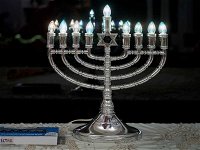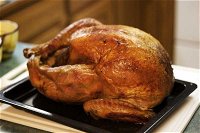
U.S. Holiday Objects Trivia Quiz
Objects Connected to U.S. Holidays
In the U.S., many holidays are celebrated and each has its own special decorations, food, and other objects associated with it. Match the holiday with the object to which each holiday is MOST connected.
by trident.
Estimated time: 3 mins.











